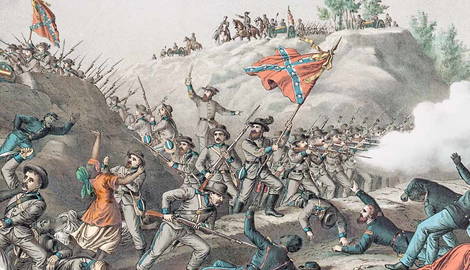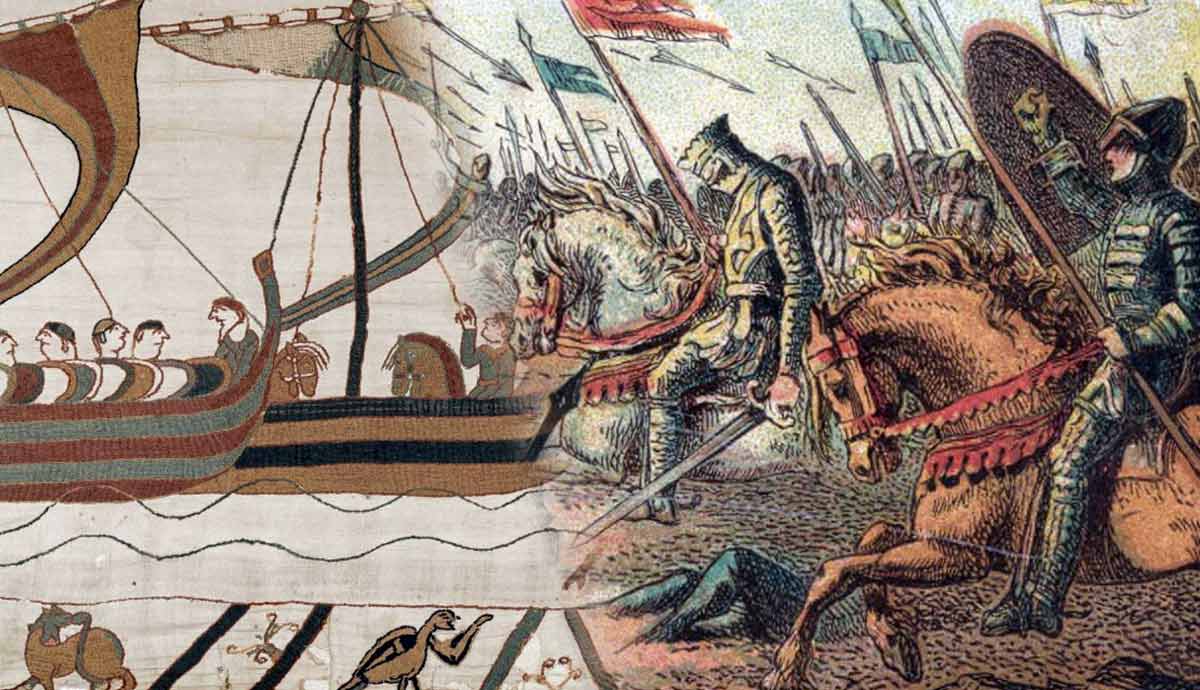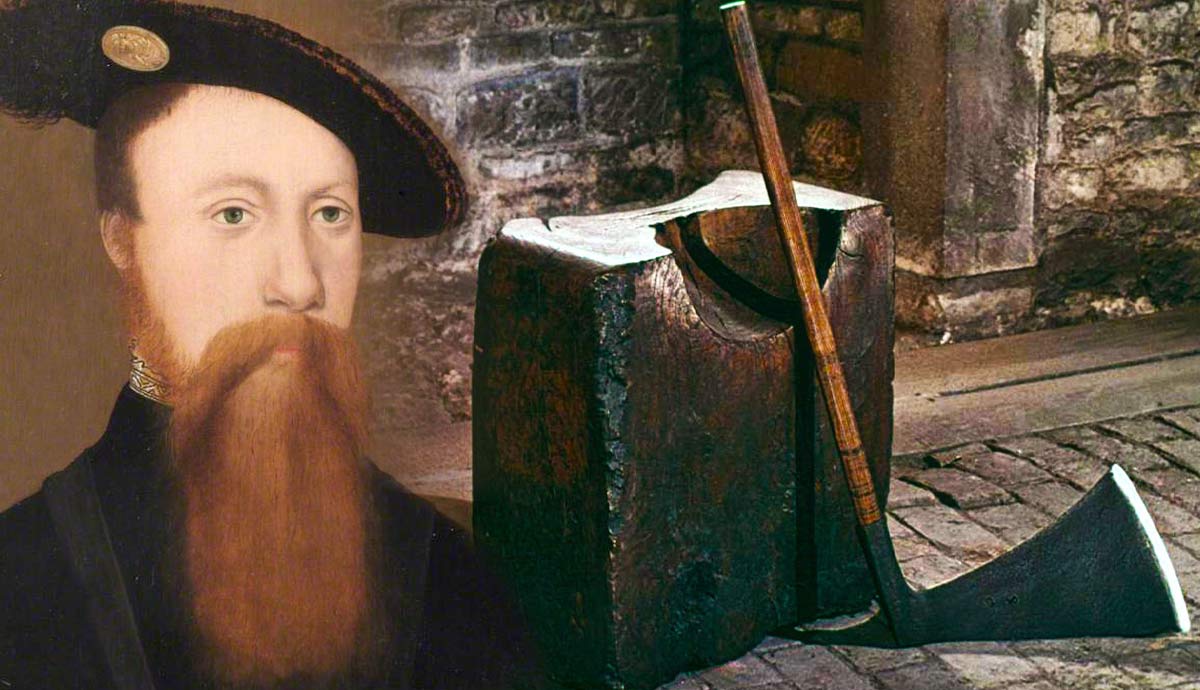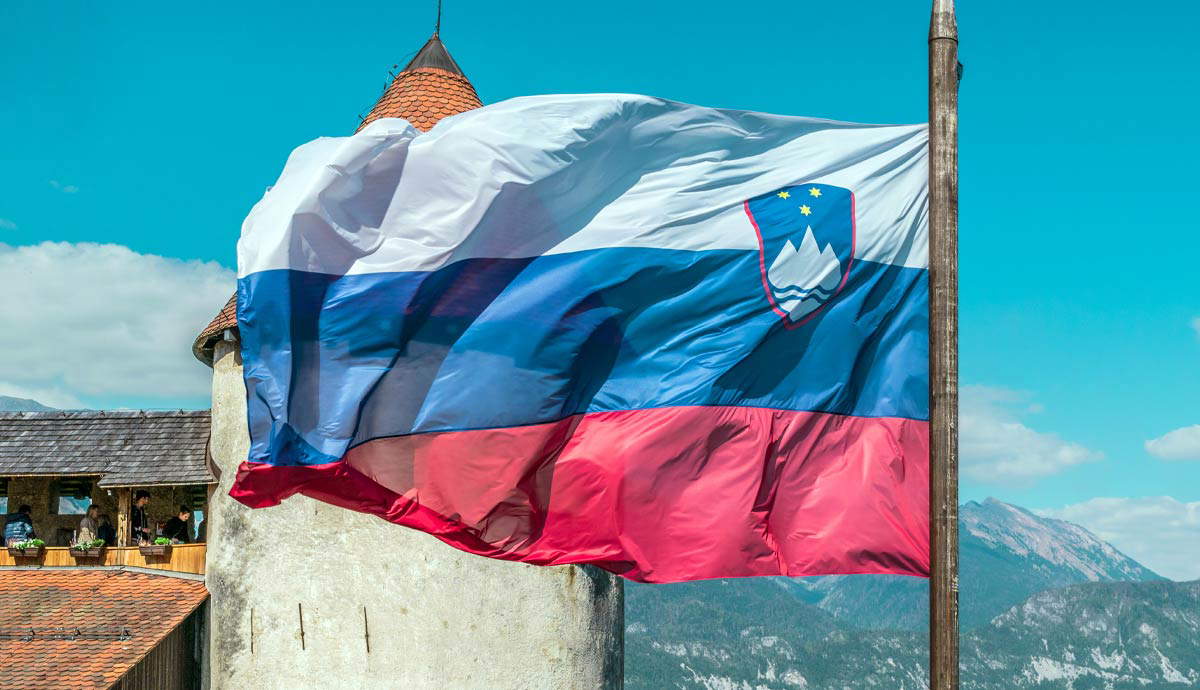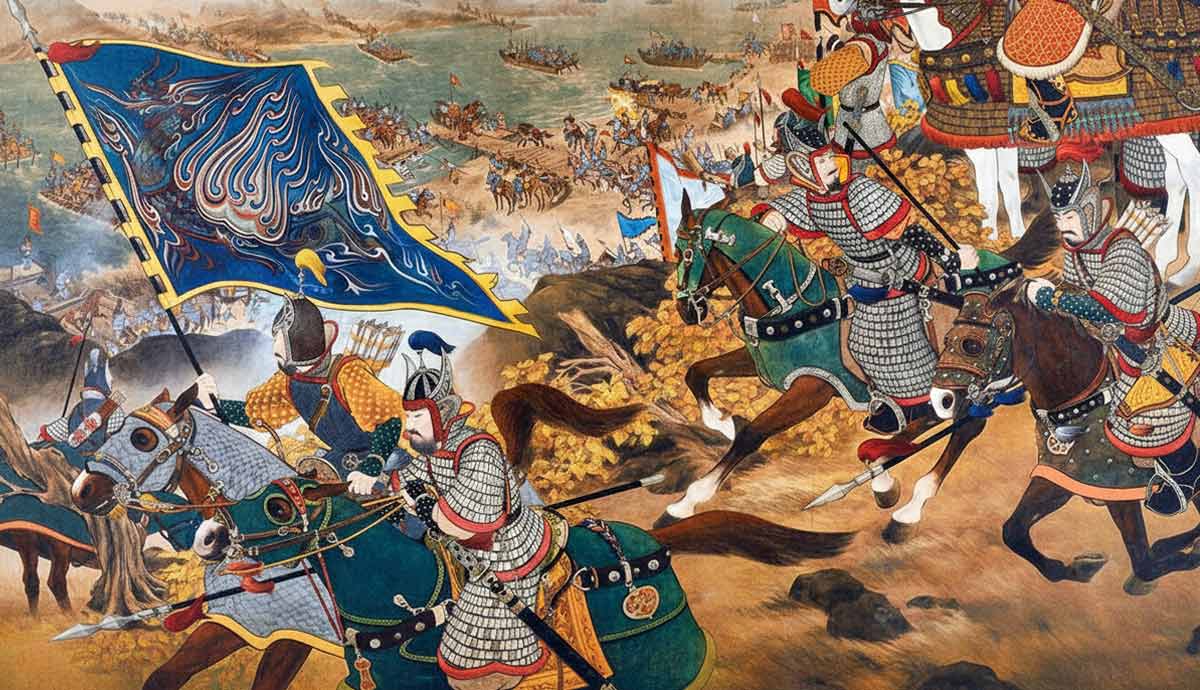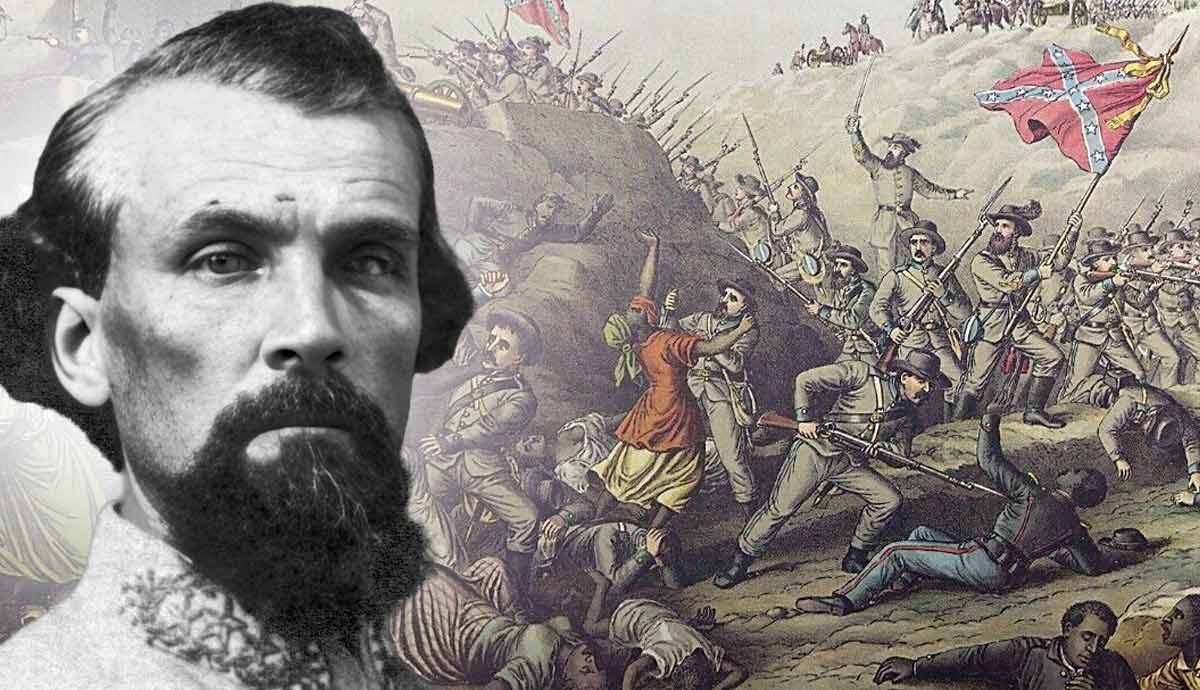
In March 1864, late in the Civil War, the Confederacy had taken to using some irregular tactics to continue its fight against the more-industrialized Union. Cavalry raiders were used to attack occupied territory behind Union lines, hoping to demoralize, intimidate, and disrupt Union operations. Confederate General Nathan Bedford Forrest took the opportunity to attack the 600-man Union force at Fort Pillow with his larger group of around 2,000 men.
Victory Goes to the Confederacy

The Battle of Fort Pillow, also known as the Fort Pillow Massacre, was a Confederate victory over a significantly smaller number of Union soldiers. Fort Pillow, located in Tennessee near the banks of the Mississippi River, had initially been seized by the Union in 1862, shortly after it had been built by the new Confederate States of America. Two years later, Confederate cavalry raids in the state, largely occupied by the Union, targeted the small fort. On April 12, 1864, Confederate General Nathan Bedford Forrest attacked the garrison.
Heavily outnumbered, the Union garrison held out for hours before a final, decisive Confederate attack at about 4:00 PM. In addition to greater numbers, Confederate sharpshooters also held higher ground near the fort and were able to shoot down into it. The Union troops, a mix of freshly-trained African American soldiers from the United States Colored Troops and pro-Union white volunteers from Tennessee, were massacred by the victorious Confederates. Later, one of General Forrest’s men confirmed that the cavalry leader had given the order to fire on the surrendering Union soldiers.
Timeline of the Battle of Fort Pillow

In March 1864, Confederate cavalry general Nathan Bedford Forrest began a raiding campaign from northern Mississippi, aiming for Paducah, Kentucky. These raids were intended to intimidate any who might consider cooperating with the Union authorities and seize supplies for a struggling Confederacy. Far less industrialized than the Union, the South suffered from constant supply shortages during the Civil War.
On March 25, Forrest’s troops successfully raided Paducah but could not dislodge Union troops from nearby Fort Anderson.
Swinging into Tennessee, Forrest successfully raided the towns of Union City and Bolivar before focusing on Fort Pillow, which had been in Union hands since mid-1862.
Early on the morning of April 12, 1864, Forrest’s advance units reached the fort and began fighting. Morning fighting saw the death of the Union fort’s commander, Major Lionel Booth. Multiple Confederate attacks on the fort were thrown back, and a truce was called in the afternoon to request that the outnumbered garrison surrender.
When the Union officers refused to surrender, Forrest launched a final, concerted attack that broke Fort Pillow’s defenses.
What Caused the Battle of Fort Pillow?

The Battle of Fort Pillow was the result of Confederate cavalry raiding, which had become a popular tactic. On horseback, mounted soldiers could travel further and faster than infantry and attack areas far behind the front lines. Thus, they could have a significant psychological impact on the enemy, both military and civilian. Even though the Union had the military advantage in the war, thanks to its larger population and much greater industrial base, the Confederacy could maintain political pressure to end the war by launching successful cavalry raids into Union territory.
What turned the Battle of Fort Pillow into the Massacre of Fort Pillow was the presence of Black Union soldiers. The participation of Black soldiers had been authorized in the North on July 17, 1862, with combat service beginning in 1863. Combined with the Emancipation Proclamation, which President Abraham Lincoln had made after the Battle of Antietam, the presence of Black Union soldiers in the South was an outrage. The Confederates’ discovery of Black soldiers at Fort Pillow led to rage, which resulted in the execution of many surrendering Union troops, both Black and white.
Why Was the Battle of Fort Pillow Significant?

Despite the small size of the battle, its ferocity and the atrocities inflicted upon surrendering Union troops made it very newsworthy. It was also one of the first battles in which Black soldiers participated, many of whom were killed despite surrendering to the larger Confederate force. These war crimes revealed the challenges facing Black soldiers during the Civil War: although many African Americans wanted the opportunity to fight to help free their enslaved brethren in the South, the Confederacy would treat any captured Black soldiers terribly.
Fortunately, President Abraham Lincoln acted to force the South to treat any captured Black soldiers as lawful combatants rather than escaped slaves, as the South wished to do. Lincoln threatened to treat captured Confederate soldiers in a similar manner to how the Confederacy dealt with captured Black soldiers (and their white officers). This prevented the South from being as brutal as it might have been toward captured Black soldiers, though they were typically still mistreated. In the North, news of the Massacre of Fort Pillow was used as a rallying cry for months afterward to encourage support for the war and defeating the Confederacy.
5 Facts About the Battle of Fort Pillow

1. Casualties
Casualties at the Battle of Fort Pillow contrasted greatly between the two sides. The Union defenders of Fort Pillow suffered six hundred casualties, which was most of the entire garrison. Some 230 were killed, 120 were wounded, and 30 were captured.
The Confederates, by contrast, suffered only fourteen men killed. Among the Union troops, most of the African Americans were killed, with only 58 of 262 Black soldiers still alive after the battle.
2. Commanders
Union forces were led by Major Lionel F. Booth. Booth was killed early in the fighting, and command fell to the relatively inexperienced Major William Bradford. Bradford was executed after the battle, with his body left unburied. The execution by angry Confederates was likely influenced both by Bradford’s initial refusal to surrender the fort and his willingness to work with African American soldiers. Booth’s widow, Elizabeth Booth, famously urged President Lincoln to ensure that the widows of Black soldiers killed at Fort Pillow would have the same pension benefits as the widows of white soldiers. This was passed by Congress in the summer of 1864.
Confederate forces were led by Cavalry General Nathan Bedford Forrest. Unlike most of his colleagues, who had attended West Point and served in the Mexican-American War, the 40-year-old Forrest entered the war as a civilian volunteer who used his personal wealth to volunteer to raise and outfit a unit. In the summer of 1862, Forrest quickly became the master of the cavalry raid, starting his meteoric rise to becoming a general. After Fort Pillow, Forrest continued his cavalry raids that antagonized the Union. Following the end of the Civil War, Forrest became infamous for founding the Ku Klux Klan, which inflicted violence and terror on African Americans in the South.
3. Number of Forces Involved

Roughly 2,000 Confederate soldiers assaulted the fort, with estimates ranging from 1,500 to 3,000. These men were a portion of General Forrest’s total command of about 7,500 troops. Defenders of Fort Pillow numbered about 600, meaning they were outnumbered by about three-to-one. The 600 Union soldiers were a mix of United States Colored Troops (USCT) and white volunteers from Tennessee, who were largely viewed as traitors by their fellow Southerners.
4. Visiting Fort Pillow Today
Today, the battlefield can be seen as part of the Fort Pillow State Park in Tennessee. The 1,600-acre park is about 40 miles west of Memphis, and the inner part of the fort has been reconstructed. Visitors can watch a video documentary about the battle and request guided tours of the park. On-site, there is a museum that is open from 8:00 AM to 4:00 PM. For those who want to explore on their own, there are approximately 20 miles of hiking trails.
5. Trivia: Confederate Brutality Backfired
The Battle of Fort Pillow was strategically inconsequential for the Confederacy, as General Forrest quickly abandoned the fort and continued on his raiding course. His massacre of the garrison, however, became a rallying cry for the Union, especially Black soldiers. The atrocity only strengthened President Lincoln’s resolve to push on to a military victory over the South. Therefore, Confederate brutality at Fort Pillow, instead of intimidating the North and dissuading Black men from volunteering for military service, backfired terribly.
Aftermath of Fort Pillow: Holding the South Accountable

President Abraham Lincoln was appalled by the murder of surrendering Union soldiers and vowed not to let the war crime go unpunished. On May 3, 1864, he convened his cabinet and sought answers on how to respond to the massacre. Cabinet secretaries prepared their responses in writing, with many advocating efforts to determine the identities of which Confederates participated in the massacre. Some wanted retaliation, with an equal number of Confederate prisoners to be executed as surrendering Union soldiers had been killed at Fort Pillow.
Lincoln decided against formal retaliation, but did threaten the Confederate government with it. The president argued that only winning the war would lead to justice. He met with Elizabeth Booth, widow of Union commander Major Lionel Booth, on May 19. After the meeting, Lincoln asked US Senator Charles Sumner to craft a bill that would provide equal pension benefits to the widows of Black soldiers as to the widows of white soldiers. On July 2, 1864, this bill was signed into law.
